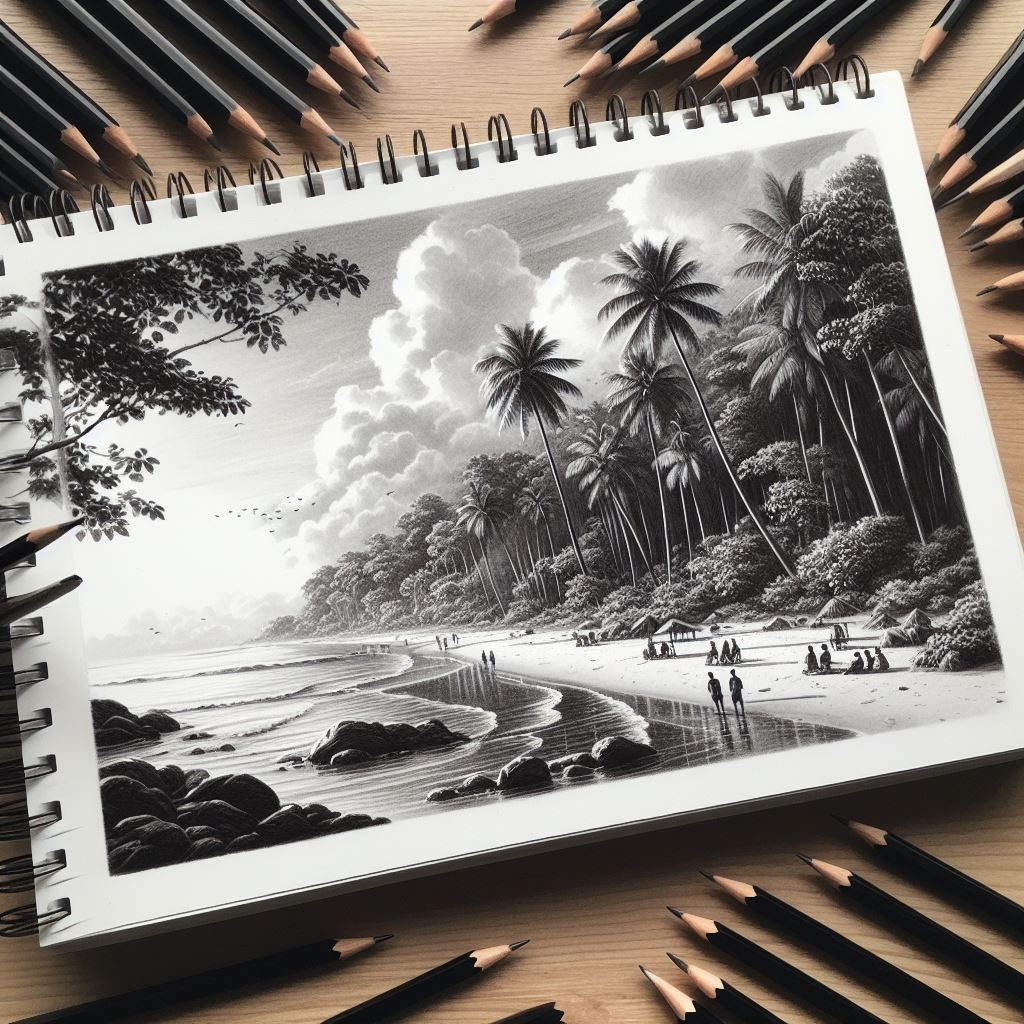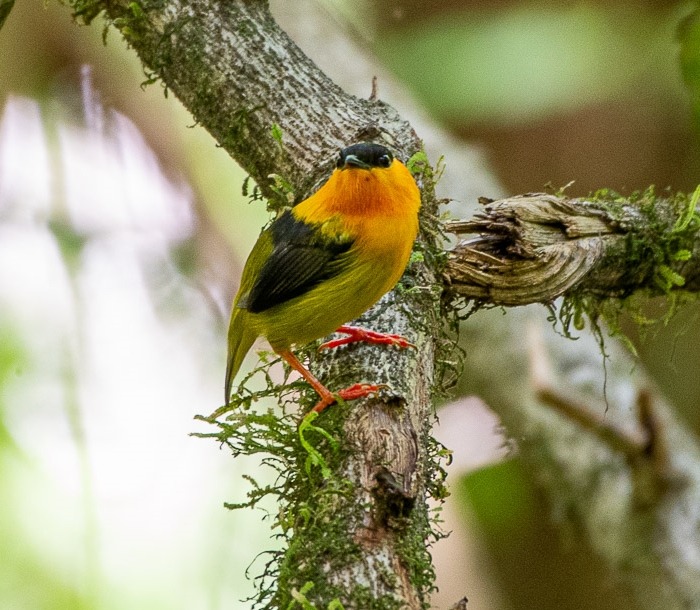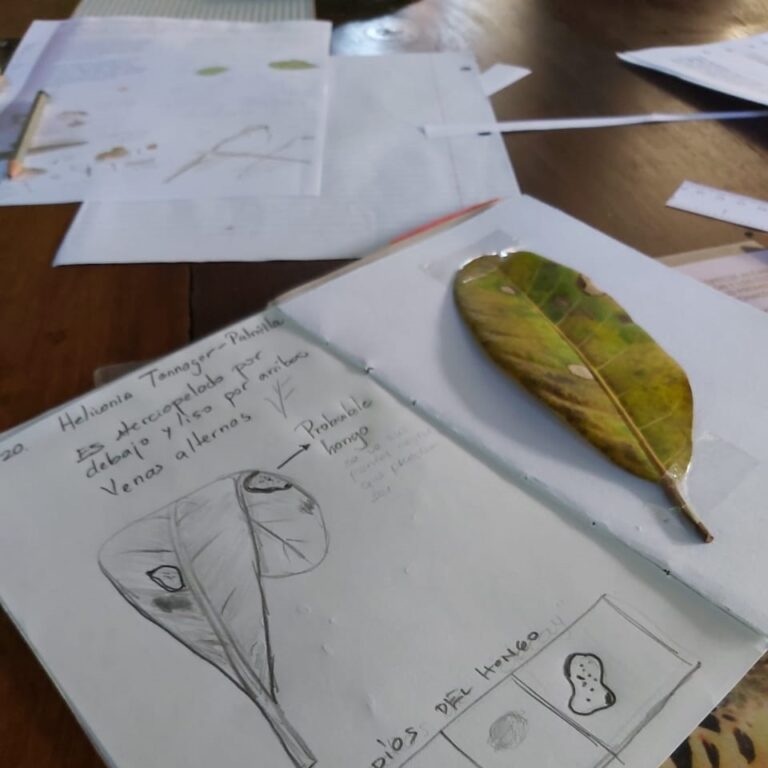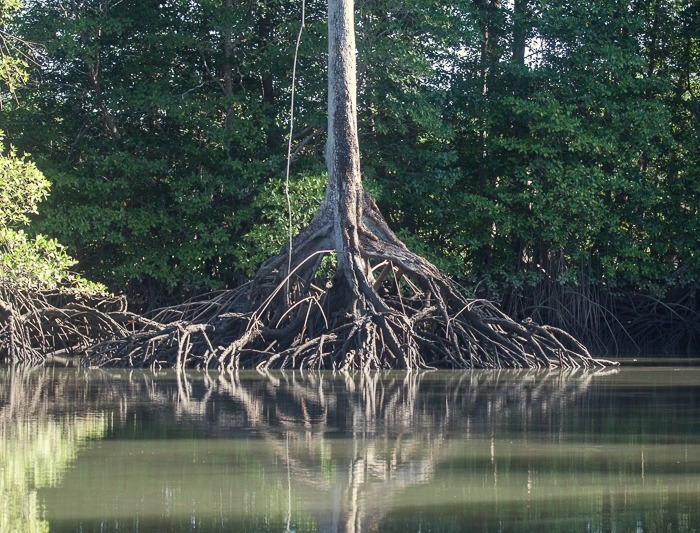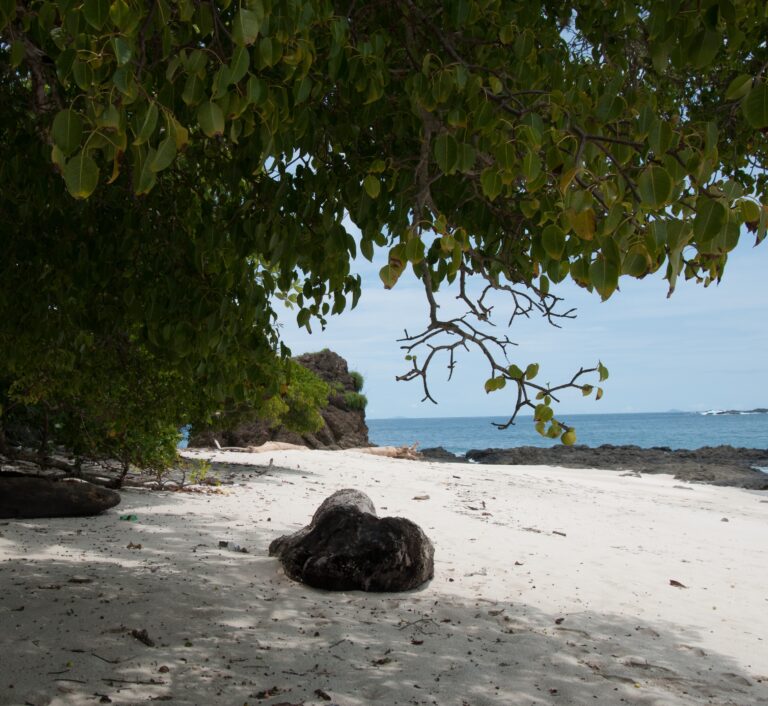"Bringing together artists, scientists, local communities and visitors"
Introduction
We choose Mariato district and the sea, more specifically the Gulf of Montijo because of its outstanding biodiversity. In this area several large ecosystems meet, the resulting in a breathtaking number of species and ecological relations.
The Gulf of Montijo is a RAMSAR wetland. Its warm shallow nutrient-rich waters are an important habitat and/or nursing area for many species. Four species of hammerhead sharks (all endangered) live in the gulf of Montijo,or spend their youth there. Many other species of shark and fish do too. Fishermen catch up to 80 different species of fish!
The Gulf of Montijo supports a large number of migratory birds such as whimbrels, willets, terns, sandpipers and the threathened protonotary warbler. Resident birds include five species of heron, three species of kingfisher, pelicans and frigatebirds. the surorounding wetlands support populations of resident waterbirds like jacanas and whistling ducks.
To the south, the Gulf of Montijo borders on the Gulf of Chiriqui. This gulf has recently been declared an Important Area for Marine Mammals. Bottlenose dolphins are resident in the Gulf of Montijo, humpback whales occasionally enter the gulf too.
Nearby beaches are used for nesting by Olive Ridley Turtles (Vulnerable), Green turtles (Endangered) and Hawksbill Turtles (Critically Endangered).
Further South, on the Mariato side on the Western Azuero peninsula, lays the Cerro Hoya National Park. It is a park with no official entrance as it was declared a park in 1981. Cerro Hoya NP is home to two critically endangered species of birds: the Great green macaw and the endemic Azuero parakeet. Two hummingbird subspecies, living in the highest reaches of the park, may turn out to be endemic species as well. There is also at least one endemic plant, a bromeliad, that grows only in the highest reaches of the park.

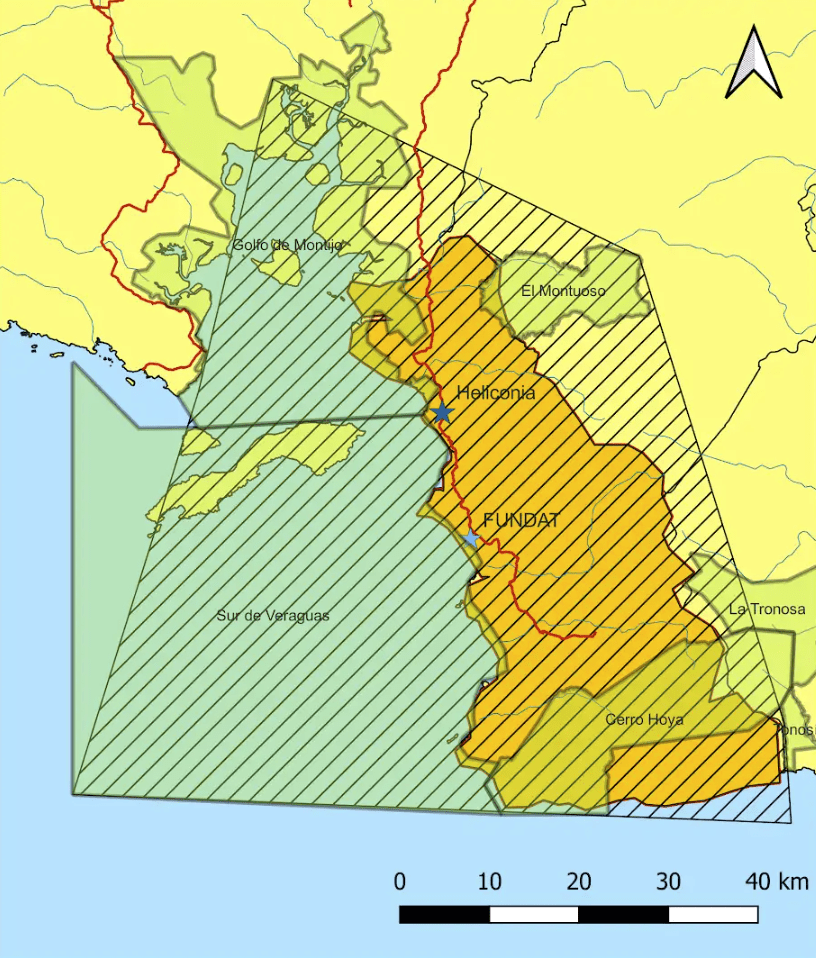
The southern part of Mariato and the Cerro Hoya are located in a geologically active zone. Here the Cocs plate and the Nazca plate meat and slslide under the Caribbean plate. Geological uplifting has brought some of the oldest rock formations of Panama to the surface in this area.
Some 10,000 people live around the Gulf of Montijo and Mariato and depend on the fish, crustaceans and molluscs they harvest from the gulf and sell. Educational opportunities are limited and most people have had little exposure to art or science. However, with the few opportunities there are, such as the annual sand sculpture contests during the turtle fair, the enthusiasm for artistic expression, especially among high school students, is obviously shown.
At the national level, there are two university-level courses of art, both in Panama city. There are a hand full of art galeries and art or science musea, also located in Panama city. Panamanians outside the city are rarely exposed to art. Biological sciences are taught at the University of Panama. In April 2019, the faculty of biology and the faculty of arts of the University of Panama, with funding from Senacyt, organised a joint workshop on scientific illustration to celebrate the work of Dr. Eustorgio Mendez a Panamanian entomologist and zoologist and scientific illustrator. This initiative has, unfortunately, not been repeated.
Objectives
This project aims to connect people living around the Gulf of Montijo and in Mariato district to art and science and at the same time showcase the ecology and biodiversity of the area to a wider public, nationally and internationally.
The book that will be the result of this project, is both a goal and a means. The book will highlight the biodiversity and ecology of the area. But the way it will be produced is a means to bring artists, scientists, and local people together and provide an opportunity for people to connect, to appreciate art and science and to participate in the work. To make sure the end product is accessible to people in Panama, but also accessible to a wider public, the book will be published in Spanish and in English.
The project also aims to generate more interest in ecotourism in Mariato, or western Azuero and to promote art tourism to this area in particular and Panama in general.
